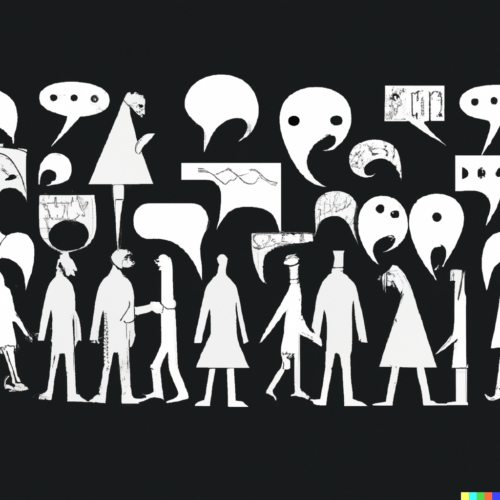From narrative text to causal maps: QuIP analysis and visualisation
| 13 March 2023 | QuIP Articles
Last week saw the wrap up of our latest QuIP Lead Evaluator training course (next one comes up in June this year!), an event which always involves sending lots of links out to various resources we have written and collected over the years. Our new Resources page is lovely and easy to filter now, and we hope that it helps people to find exactly what they need, from example reports to comparisons between QuIP and other evaluation approaches.
Based on frequently asked questions on the course, I was reminded of a very useful resource which hasn’t been discussed for a while – so this week’s blog is a bump up for a paper which discusses what sort of data comes out of a QuIP study, and offers some useful advice on how to interpret and present summarised qualitative data whilst avoiding falling into traps which may reduce the credibility of your research.
From Narrative Text to Causal Maps: QuIP analysis and visualisation
This paper considers the steps in between coding narrative data and interpretation of the findings, including how coding aids the construction of summary causal maps from the raw narrative data. The note then reflects on how this whole process relates to the familiar but often confusing distinction drawn between qualitative, quantitative and mixed methods of enquiry, how the QuIP compares with other approaches to building evidence of causal processes, and how it can usefully be combined with them.

AI generated image of a representation of people speaking in numbers



Comments are closed here.